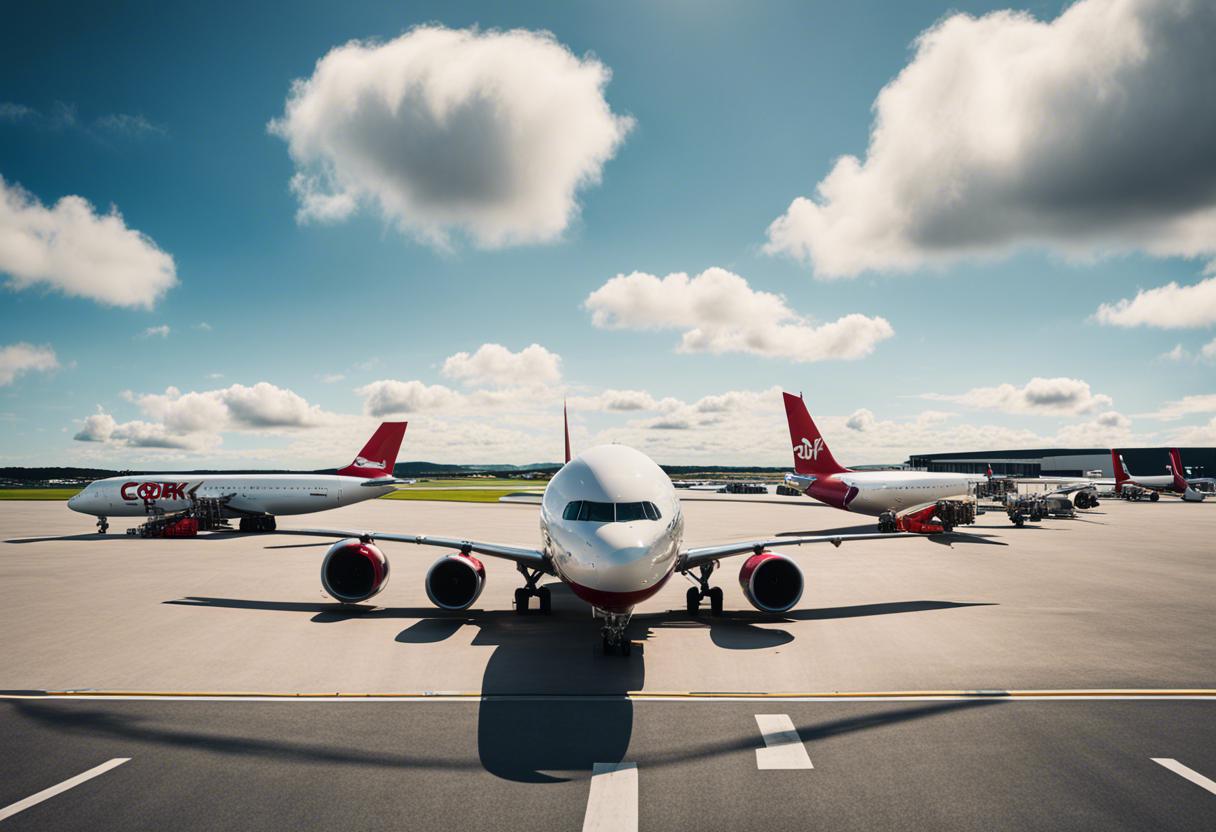To convince airlines to redirect their traffic from Dublin to Cork instead of halting services entirely due to a restriction on the amount of incoming travel via Dublin Airport, airport operator DAA will reduce landing charges at Cork Airport. Kenny Jacobs, DAA’s CEO, reported on Monday that this strategy aims to motivate airlines hampered by Dublin’s growth restrictions to utilise the outstanding services available at Cork Airport where there is ample capacity.
He highlighted at the introduction of a report on Cork Airport’s economic contribution to the locality that robust island-wide connectivity is vital to drawing tourists and financial investments to Ireland. The country could potentially lose to international rivals while Dublin’s restriction persists. He further suggested that airlines who divert traffic from Dublin to Cork would be incentivised with lower landing costs, supporting local employment and connectivity in the process.
While Jacobs anticipates the offer would be most enticing for specific carriers aiming to land in Dublin, industry insiders do not foresee Ryanair or Aer Lingus availing this offer, given their opposition to the cap. Jacobs expressed DAA’s eagerness to grow Cork Airport’s business by 40% within the decade, which implies transforming part-time seasonal routes into year-round services.
In reference to the robust combined economies of Cork and Dublin, Jacobs emphasised the crucial role airports occupy in a compact island nation, having contributed nearly €12 billion in value and roughly 125,000 jobs. Therefore, investment in infrastructural upgrades at the airport, such as the demolition of the old terminal to establish new aircraft handling bays, is critical.
Mr Kenny voiced his opinion about the inevitable growth of the aviation industry in Ireland, emphasising its significance to the nation’s accessibility – vital for tourism, international business relations, and global exploration. He urged the DAA to adopt a long-term perspective on this matter. Mr Kenny used the Istanbul airport and Turkish Airlines expansion as an illustration, wherein a quarter-century strategy has been adopted.
In the Turkish city’s plan, they aspire to double both their airport and airline capacity within the next 15 years. Looking back home, it’s projected that our population will surge by over 33% by 2050.
In anticipation of this growth, Cork airport would need to have the capability to accommodate seven million passengers annually, whilst Dublin Airport would need to manage fifty million. Some might refute his forward-thinking outlook on these figures, but he emphasised that 2050 is only 25 years in the future.
Reflecting on the planning consent given in 2007 for an additional terminal at Dublin Airport and the subsequent extension of the present terminal in 2008, a ceiling of 32 million passengers annually was imposed. This limit was nearly achieved in 2023, with the airport processing 31.9 million passengers that year.

